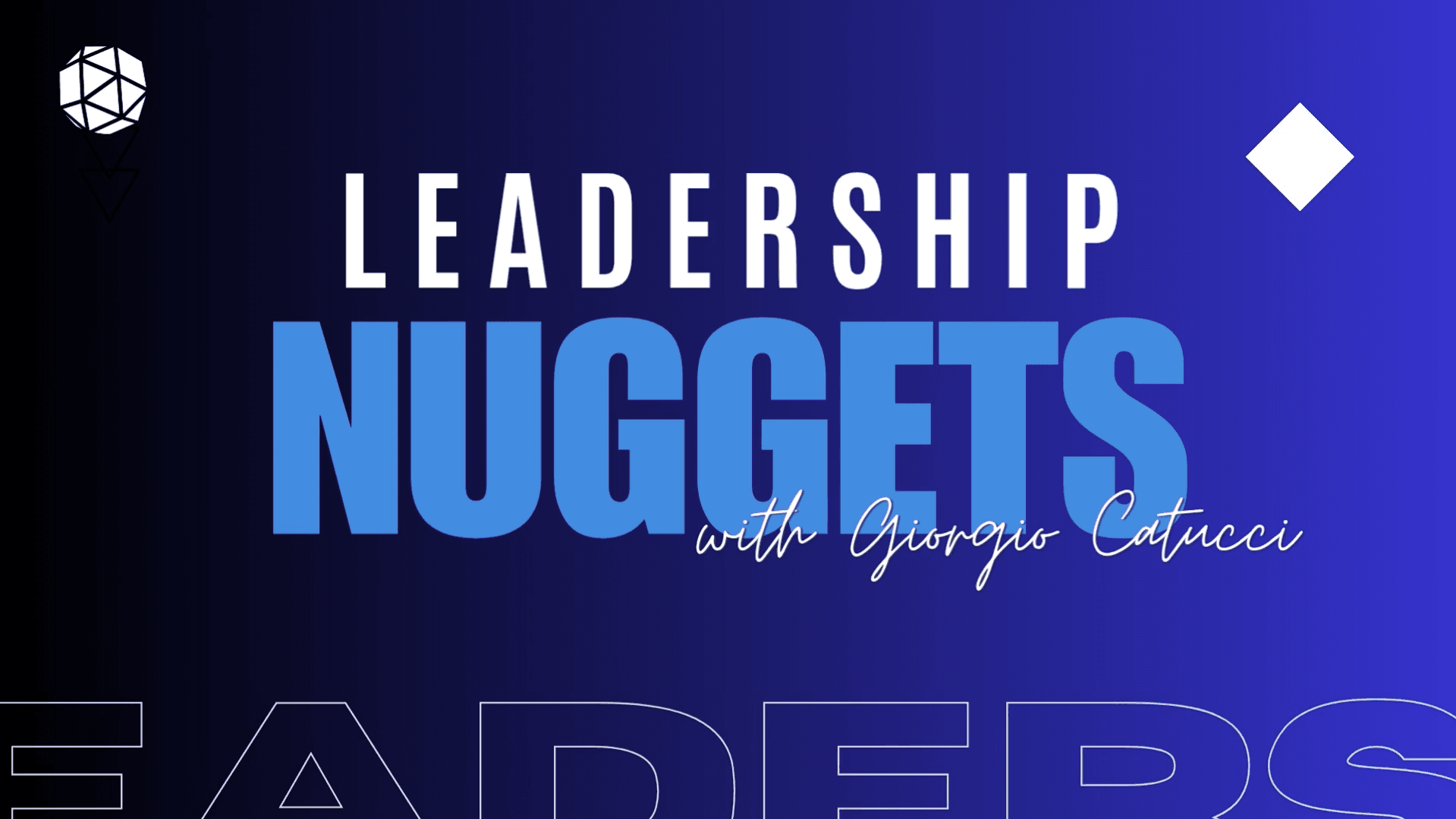Trust Your Gut: Thin-Sliced Decisions May Be Better Than Deliberated Ones

I have met many HR leaders requiring resumes, application forms and numerous interview sessions followed by long-deliberated meetings before hiring a candidate only to find that the person was not a good hire. Psychologist Samuel Gosling researched this phenomenon and found out that managers would make better hiring decisions by spending 30 minutes at the candidate’s house looking around versus spending countless hours interviewing the candidate. It seems rather odd that a 30-minute assessment without the candidate can be more accurate than judgments that have been laboured over for months.
According to well-known author Malcolm Gladwell, “decisions made very quickly can be every bit as good as decisions made cautiously and deliberately”.
How is this possible? Gut-feel is our subconscious mind weighing up all known factors and then making quick decisions. Gladwell calls it “thin slicing” and it “refers to the ability of our unconscious to find patterns in situations and behaviour based on very narrow slices of experience”.
The concept is demonstrated by psychologist John Gottman, who for decades analysed video-taped conversations of married couples and is able to predict with 95% accuracy whether the couples will stay together or get divorced in the next 15 years just by listening to a couple speak to each other for 15 minutes.
How does Gottman do it? He thin-slices these 15 minute conversations by disregarding expressions, tones and words, but instead zooming in on four key cues: defensiveness, stonewalling, criticism, and contempt. By zoning out the noise and focusing on key cues, Gottman manages to make highly-accurate snap judgments on marriages which are more accurate than any by a marriage counselor spending months with couples.
Many will feel that “thin-slicing” decisions are emotional and irrational. But they are rational! Gladwell concludes “it’s thinking – it’s just thinking that moves a little faster and operates a little more mysteriously than the kind of deliberate, conscious decision-making that we usually associate with ‘thinking’”.
Thin-slicing is something everyone does all the time. In football, the most gifted strikers have “goal-sense” and greats like Gary Linekar scored goals for fun. In the military, brilliant generals possessed coup d’oeil, meaning “the power of the glance”. Researchers discovered that the higher up the corporate ladder a business leader progresses, the more he or she relies on “gut-feel” and 80% of successful CEOs have a highly developed intuitive decision-making style, even though at times there is no clear logic to prove it.
The good news is that “thin-slicing” decision-making can be learnt and practised. You can actually become better at making quick, fast, instinctive judgments through practice and experience. Stroke victims, who have lost their speaking ability, become thin-slicing experts over time by reading information on people’s faces, regardless of their competency levels.
In business, the best sales people are expert thin-slicers. The moment they meet a customer, they quickly listen and make snap judgments about the customer’s needs and state of mind. But they also avoid the biggest mistake many salespeople make – never judge a customer on the basis of his or her appearance and assume that everyone has the exact same chance of buying from you. Similarly to Gottman, the best salesperson disregards the garbage (appearances and externalities like what a person drives), but zooms in on key cues from the customer, enabling him/her to close a sale.
A Learned Skill
So how do you learn this skill? Jack Welch, Fortune’s “manager of the century”, and famous for gut decisions, describes how he learnt to “thin-slice” – “sometimes making a decision is hard not because it is unpopular, but because it comes from your gut and defies a ‘technical’ rationale. Much has been written about the mystery of gut, but it’s really just pattern recognition, isn’t it? You’ve seen something so many times you just know what’s going on this time. The facts may be incomplete or the data limited, but the situation feels very, very familiar to you”.
Jack Welch learnt thin-slicing through countless mistakes and experiences. Expert Paul Ekman claims that with just 30 minutes of practice, you will see significant improvement in your thin-slicing ability.
There is a principle stating, “Anything can be accomplished if a task is broken down into small enough steps”. So, expertise in thin-slicing is gained by identifying real cues that help us make good decisions and drowning out judgment bias derailers such as race, sex or appearance that get in the way of effective thin-slicing. A car salesman that judges a woman walking into his store as a non-customer simply because of his bias on women, will never amount to a great salesperson. He needs to strip those biases and focus on what the customer is truly saying and a sale will most likely happen.
Another way to cultivate thin-slicing is by spending time with people not like us. This broadens horizons and provides new perspective in growing our experience-base. Having richer experiences and context sharpens our ability to thin-slice.
Finally, pay attention to your emotional state. When stressed-out or in a bad mood, your “gut-feel” is distorted by negative feelings. Police personnel tend to make a significant number of bad decisions after high-speed car chases, according to researcher Dave Grossman. Research has shown that bad “thin-slice” decisions are made when a person is highly stressed-up. And when your mind is relaxed, the ‘Aha’ moments occur. But people are so stressed with overloaded schedules that they lose their own innate wisdom of intuition.
Thin-slicing can sometimes throw you off too, especially if you are over-confident and lack expertise in a changing field or function. For example, some of us have an inner prejudice or pre-condition that somehow taller people are very intelligent and forceful as leaders. As a result, many CEOs are taller people despite the fact that shorter people are just as smart and capable. According to research in the book Blink, 14.5% of the US male population is six feet or taller yet 58% of CEOs of Fortune 500 companies is above six feet.
Final Thoughts
Professional speakers and trainers have long asserted that first impressions are formed within two minutes. Thin-slicing experts believe that it takes us less than three seconds to thin-slice and create first impressions. I have interviewed and hired more than 1,000 people at various organisations over the past 15 years. If I look back at my best hiring decisions, they were hires made quickly and instinctively. At times, I had no rationale for those decisions, but my gut kept telling me it was right. And when I didn’t listen to my gut, I generally had regrets.
The saying, “Trust your gut” is a cliché but it’s 100% true, if you have learnt the art of thin-slicing well. We are genetically programmed with a lifetime of knowledge that equips us with the ability to make GOOD decisions, quickly. Remember, information overload can negatively impact our ability to “thin-slice” effectively. So, go develop your gut and trust it!
Roshan Thiran is passionate about transforming the nation through leadership and youth development. Sign up for great corporate training and development by contacting people@leaderonomics.com or login to www.leaderonomics.org for more details.
To watch the “Be a Leader” video on Trusting your Gut, click below:
Click here for more Be A Leader articles.
Leadership
Roshan is the Founder and “Kuli” of the Leaderonomics Group of companies. He believes that everyone can be a leader and "make a dent in the universe," in their own special ways. He is featured on TV, radio and numerous publications sharing the Science of Building Leaders and on leadership development. Follow him at www.roshanthiran.com





